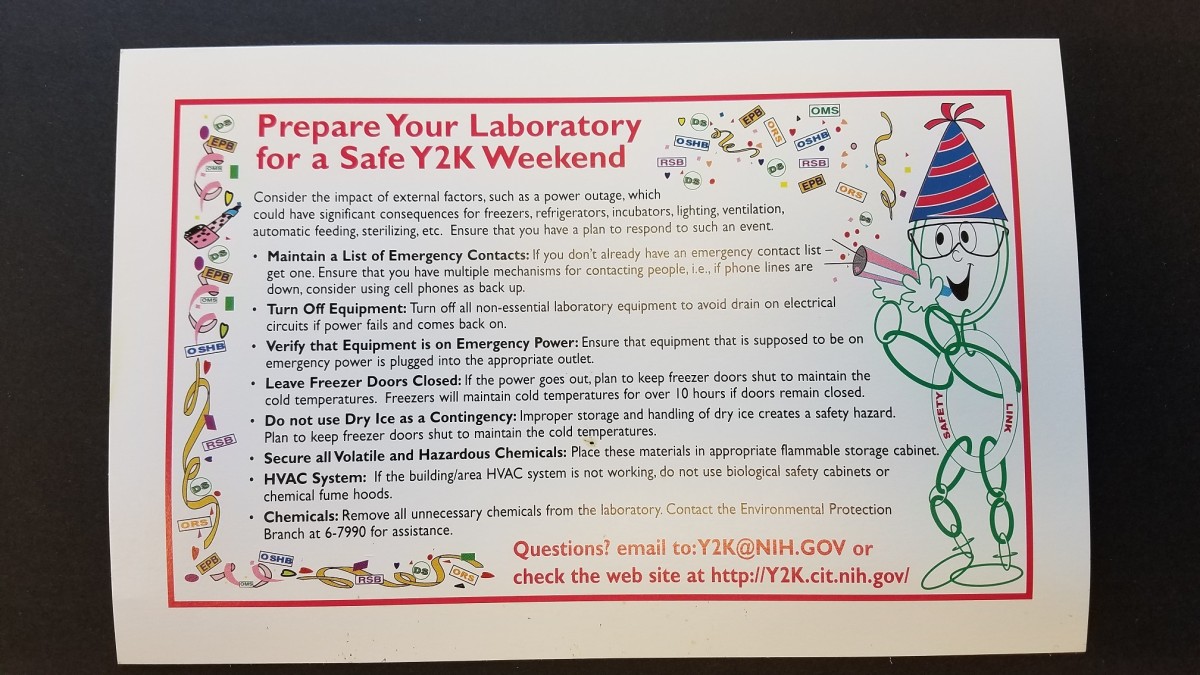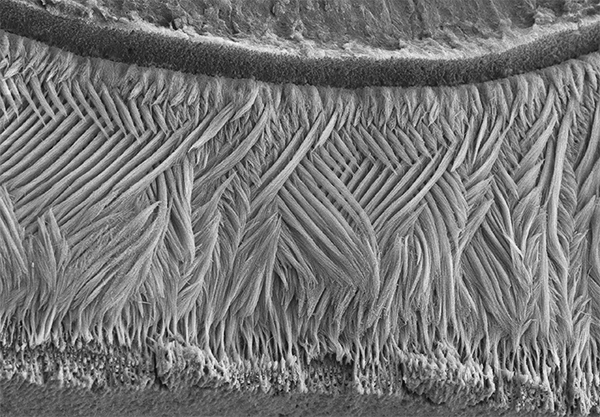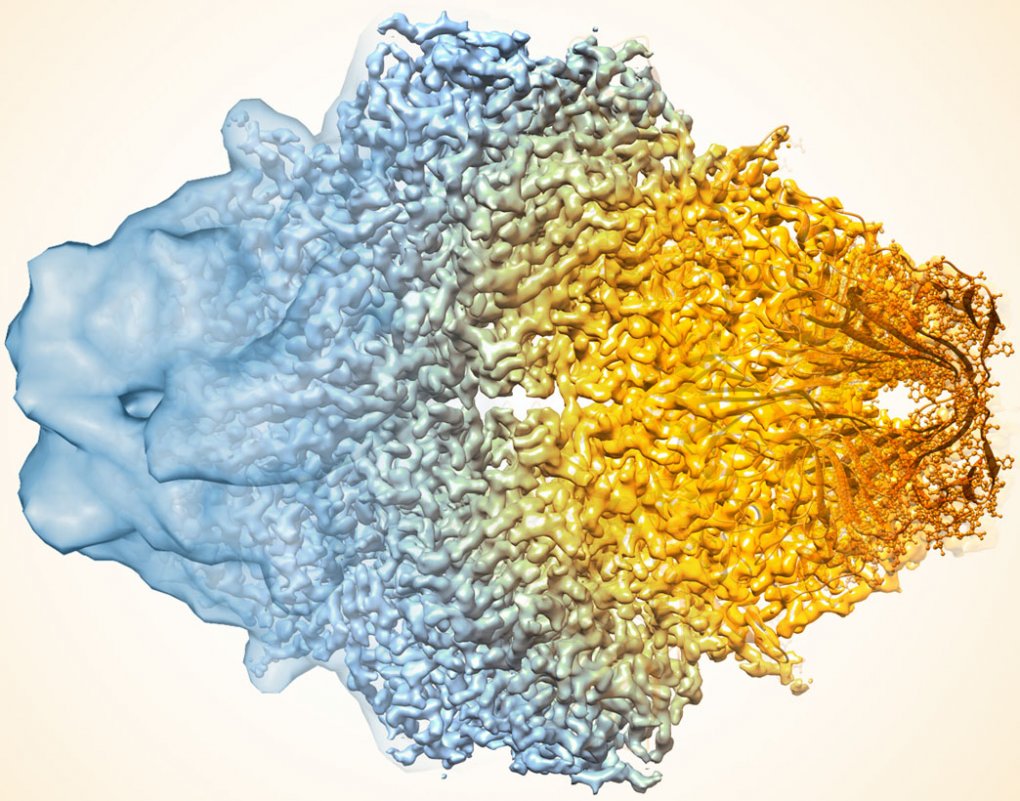A New View of How Muscles Move
IRP Research Challenges Long-Held Ideas About Muscle Structure
It’s not every day an accidental observation overturns 100 years of biological knowledge. But that’s what happened when IRP Stadtman Investigator Brian Glancy, Ph.D., noticed something funny while reviewing high-definition 3D videos of muscle cells.
“To be honest, you could almost call this study an accident,” he says.
Dr. Glancy, who leads the National Heart, Lung, and Blood Institute (NHLBI)’s Muscle Energetics Lab, often uses the high-powered microscopes available through the NHLBI Electron Microscopy Core to study how energy is distributed through skeletal muscle cells — the ones that control voluntary movement — when they expand and contract.
Although he was focused on examining the cells’ energy-producing mitochondria, he could also see the other structures inside them, including the long, tube-like structures called myofibrils that are involved in muscle contraction. As he advanced the video and traveled down the length of the muscle, it looked to him like the myofibrils were changing shape.




